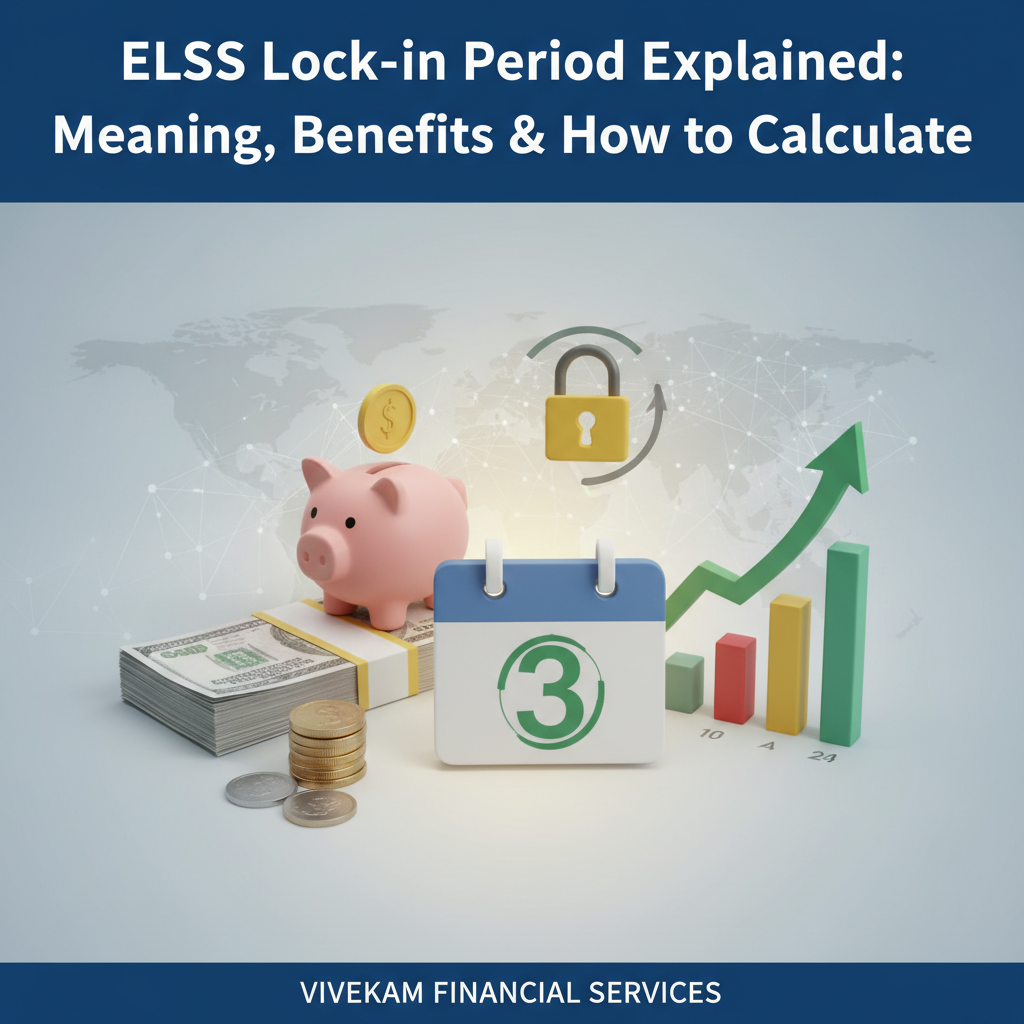ELSS Lock-in Period Explained: Meaning, Benefits & How to Calculate
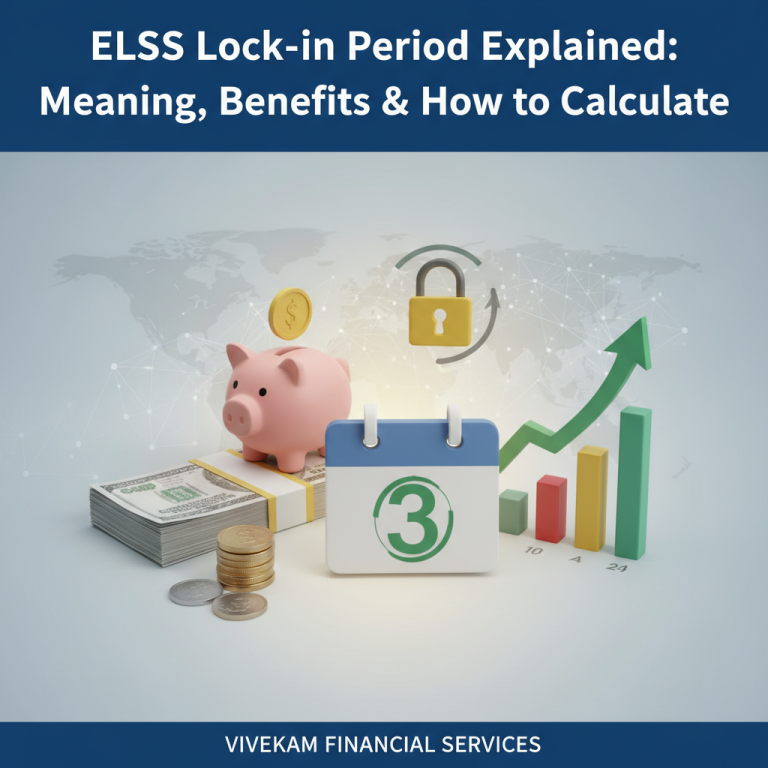
Introduction to ELSS
If you’ve ever scrambled to save taxes at the last minute, chances are someone recommended ELSS to you. And for good reason—Equity Linked Savings Schemes (ELSS) are like the Swiss army knife of investments: they save tax, grow your wealth, and don’t lock up your money forever like other options.
But here’s the catch: ELSS comes with a lock-in period. Don’t worry—it’s not as scary as it sounds. In this guide, we’ll break down the ELSS lock-in period, its meaning, benefits, and how you can calculate it like a pro.
What is ELSS? (ELSS full form)
ELSS stands for Equity Linked Savings Scheme, a type of mutual fund that invests mainly in equities (aka the stock market). It’s the only equity mutual fund that qualifies for tax deduction under Section 80C of the Income Tax Act.
- Minimum investment? Just ₹500.
- Maximum tax-saving benefit? Up to ₹1.5 lakh per year.
- Lock-in period? Only 3 years—the shortest in the tax-saving world.
In simple terms, ELSS lets you save taxes today and grow wealth for tomorrow.
Why ELSS is Popular Among Investors
Investors love ELSS because:
- It has the shortest lock-in compared to other tax-saving products.
- The returns are market-linked, which means higher growth potential.
- You can invest via lump sum or SIP, whichever fits your style.
- Professional fund managers do the heavy lifting for you.
Think of ELSS as a disciplined yet flexible way to grow your money while the taxman gives you a pat on the back.
Understanding Lock-in Period
Lock in period meaning in investments
A lock-in period simply means: “You can’t touch this money until the lock is off.” In ELSS, that lock lasts 3 years.
How ELSS lock-in period differs from other instruments
- ELSS: 3 years
- Tax Saver FD: 5 years
- PPF: 15 years
- NPS: Till retirement
See the difference? ELSS gives you more breathing room with liquidity in just three years, while others make you wait for ages.
ELSS Lock-in Period Rules
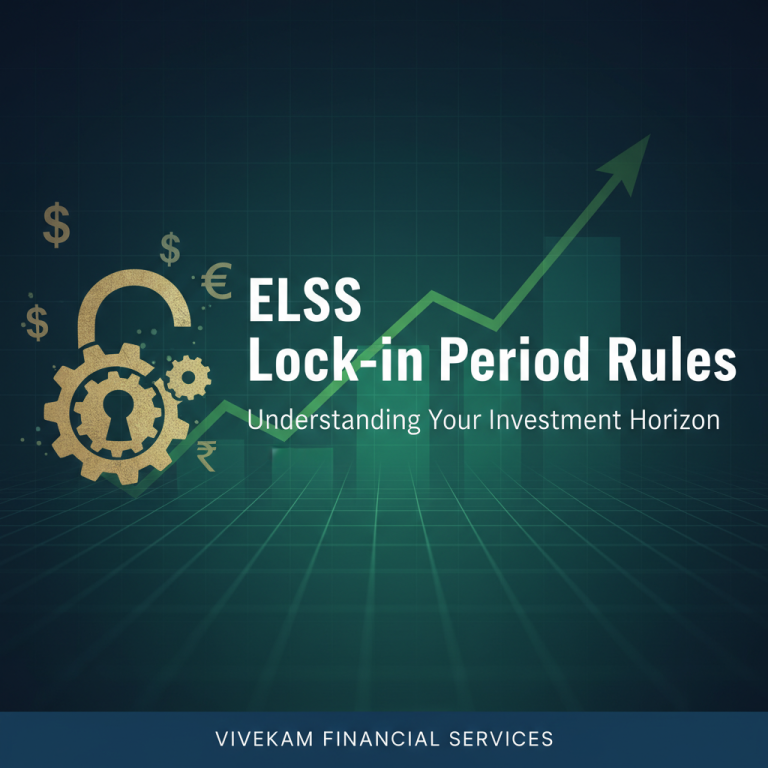
ELSS lock-in rules as per tax regulations
- Every rupee you put in ELSS is locked for 3 years.
- No switching or redemption allowed before that.
- Each investment (SIP or lump sum) has its own lock-in timer.
How ELSS lock-in works for lump sum investments
Say you invest ₹1 lakh on 1st Jan 2025. You can redeem it only after 1st Jan 2028. Simple.
How ELSS lock-in works for SIP investments
Here’s where people get tripped up: every SIP installment has a fresh 3-year lock-in.
- SIP on 1st Jan 2025 → unlocks 1st Jan 2028
- SIP on 1st Feb 2025 → unlocks 1st Feb 2028
So your money doesn’t unlock all at once—it’s staggered like dominos.
Benefits of the ELSS Lock-in Period
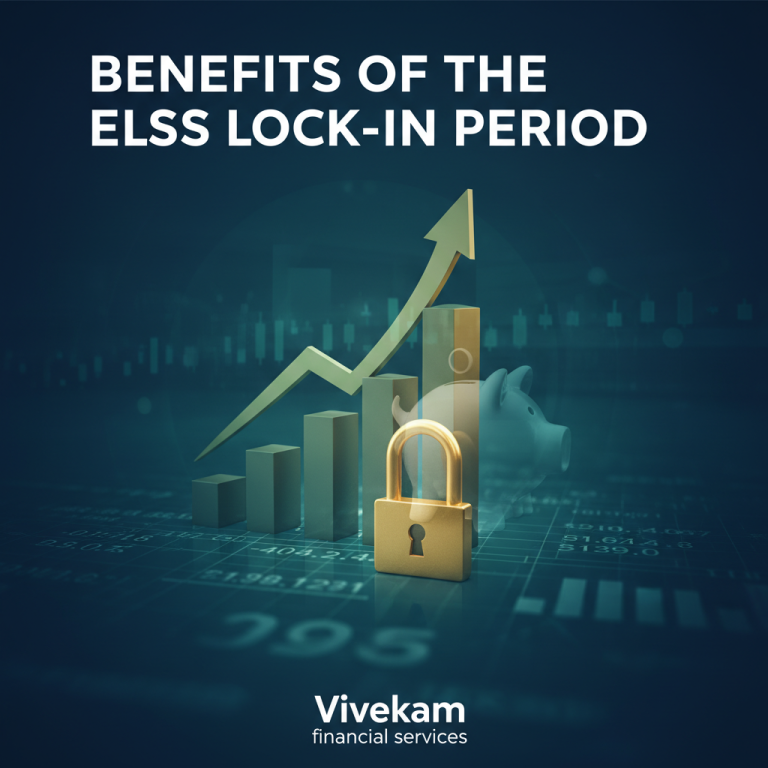
Tax savings through ELSS tax benefit (Section 80C)
You can claim up to ₹1.5 lakh deduction under Section 80C, lowering your taxable income. That’s money straight back in your pocket.
Wealth creation through disciplined investing
The lock-in forces you to stay invested—no panic selling during market dips. And in equities, time in the market beats timing the market.
Higher returns compared to other tax-saving options
While PPF or FD give 6–8%, ELSS historically delivers 12–15% annually (though market-linked). Over 10 years, that difference can be huge.
Encourages long-term financial planning
ELSS is like a gym membership—you’re locked in, so you stick with it. That discipline helps you reach long-term financial goals.
How to Calculate the ELSS Lock-in Period?
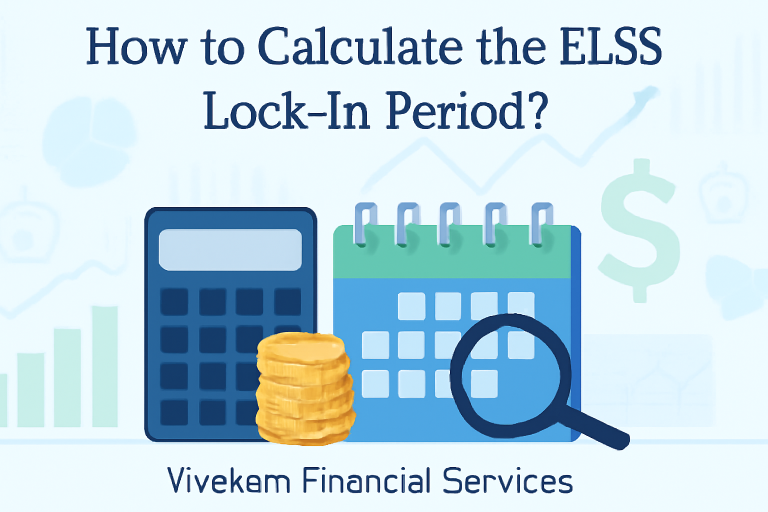
Calculation for lump sum investments
Just add 3 years from your investment date.
Example: Invest ₹50,000 on 10th April 2025 → redeemable 10th April 2028.
Calculation for SIP investments
Each SIP installment = its own 3-year lock-in.
Example:
- SIP in April 2025 → unlocks April 2028
- SIP in May 2025 → unlocks May 2028
Common mistakes while calculating lock-in period
- Thinking all SIPs unlock together. (Nope!)
- Forgetting that switching funds resets the lock-in.
- Mixing ELSS rules with regular equity mutual funds.
Exceptions and Considerations for ELSS Lock-in Period
Can you redeem before the lock-in period ends?
No. ELSS doesn’t allow early exit. That’s why it qualifies for Section 80C benefits.
What happens after the lock-in period expires?
After 3 years, you can:
- Redeem and enjoy the gains.
- Stay invested for longer growth.
Considerations for premature withdrawal
Since you can’t break it, plan your liquidity wisely. ELSS is not an emergency fund.
ELSS Lock-in vs Other Tax Saving Instruments
ELSS vs Fixed Deposits (FDs)
- FD: 5-year lock-in, fixed ~6–7% returns.
- ELSS: 3-year lock-in, higher growth potential (12–15%).
ELSS vs PPF
- PPF: 15 years, low risk, ~7–8% returns.
- ELSS: 3 years, higher risk, but higher returns.
ELSS vs NPS
- NPS: Locked till age 60.
- ELSS: Just 3 years.
- NPS = retirement focused. ELSS = more flexible.
Practical Tips for Investors
Choosing between SIP and lump sum
- SIP: Great for salaried folks—smooths out market ups and downs.
- Lump sum: Good if you’ve got bonus money lying around.
Aligning ELSS with financial goals
Think of ELSS as a medium-to-long-term tool. Perfect for goals 5–10 years away.
Reviewing your ELSS portfolio after lock-in ends
Once 3 years are up, don’t just redeem blindly. Review performance, compare with benchmarks, and decide whether to stay or switch.
FAQs on ELSS Lock-in Period
1. What is ELSS lock-in period?
It’s the 3-year minimum holding period before you can redeem ELSS units.
2. How does ELSS lock-in help in tax saving?
It qualifies under Section 80C, letting you save up to ₹1.5 lakh in taxes.
3. Can I redeem ELSS after 1 year?
Nope. You must wait the full 3 years.
4. Does SIP have a different lock-in rule in ELSS?
Yes. Each SIP has its own 3-year lock-in—so they unlock one by one.
5. What happens to ELSS after 3 years?
You can redeem, reinvest, or just keep holding—it’s your call.
6. Is ELSS good for short-term goals?
Not really. ELSS is equity-based, so it’s better for medium to long-term wealth creation.
Conclusion
The ELSS lock-in period might sound restrictive, but it’s actually a blessing in disguise. It ensures you stay invested long enough for your money to grow, while also saving taxes. With just a 3-year lock-in—the shortest among tax-saving instruments—ELSS offers the perfect mix of discipline, liquidity, and potential returns.
If you want to save taxes smartly while building wealth, ELSS deserves a top spot in your portfolio.

